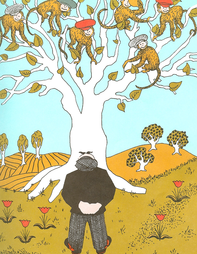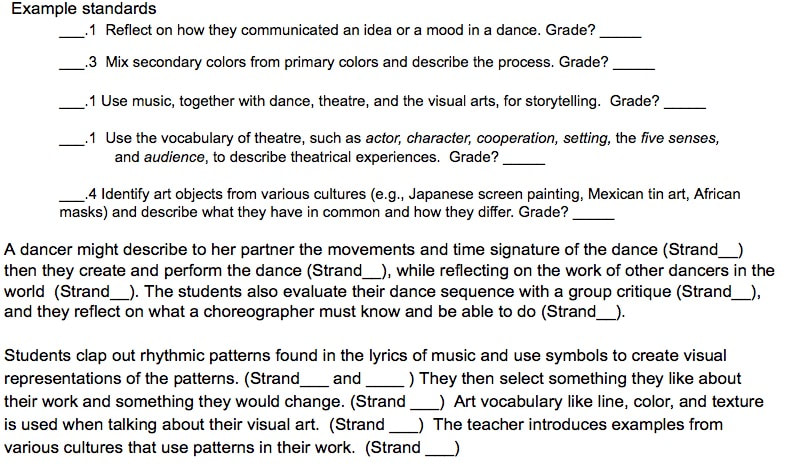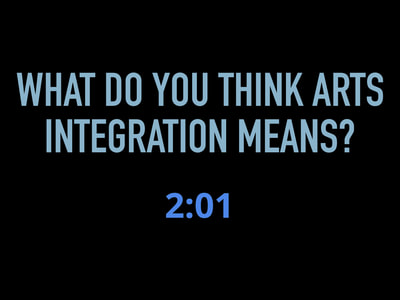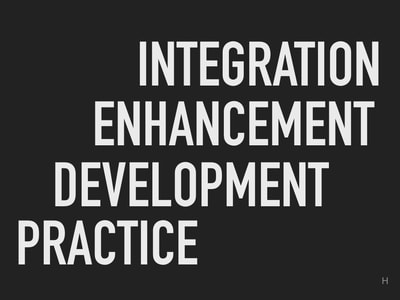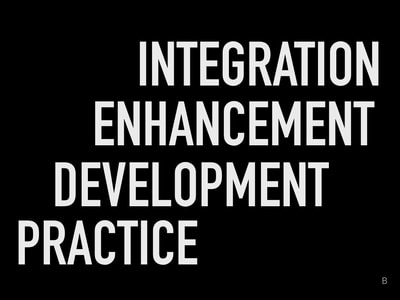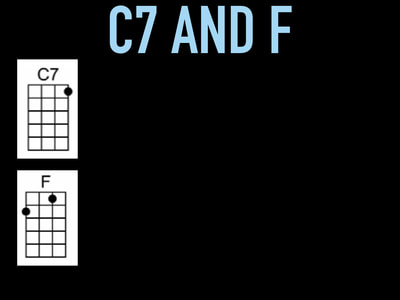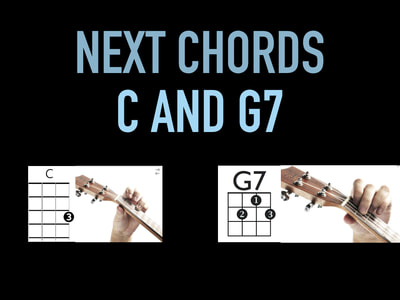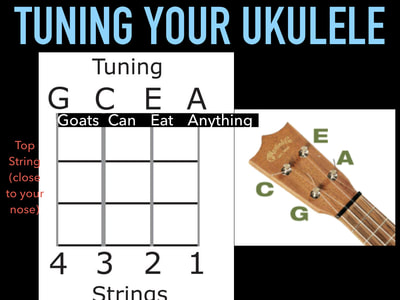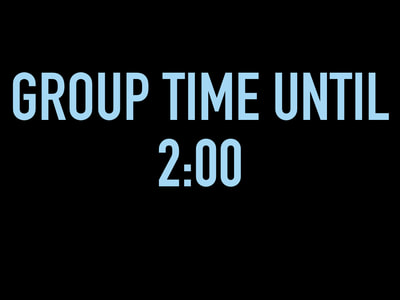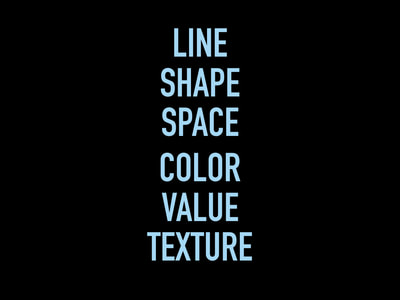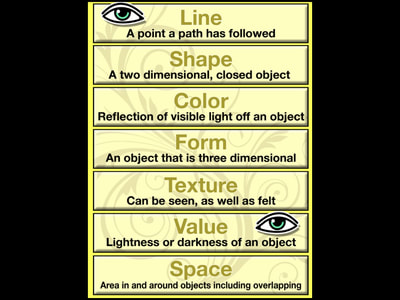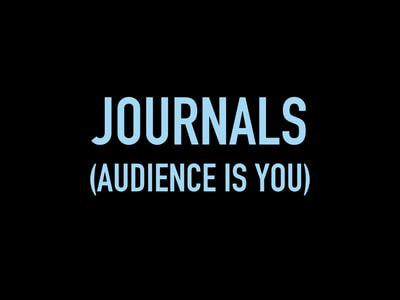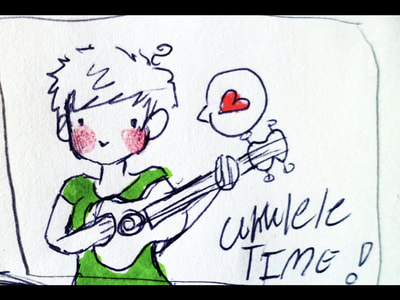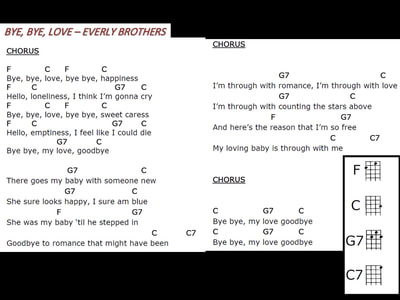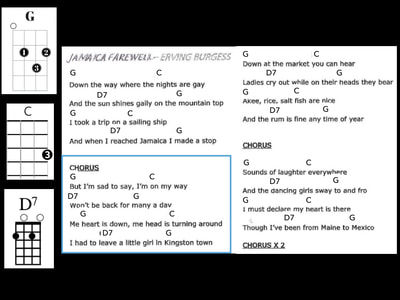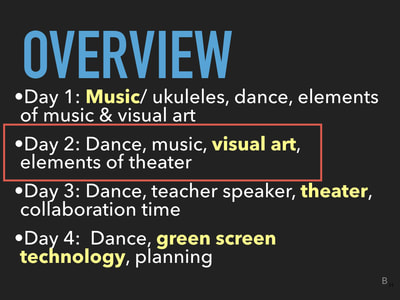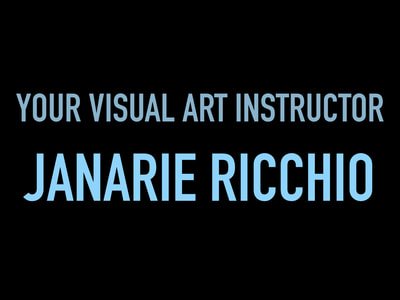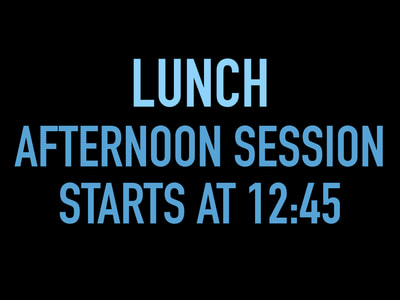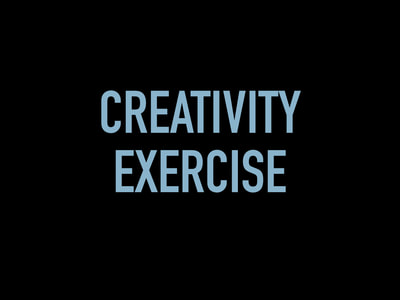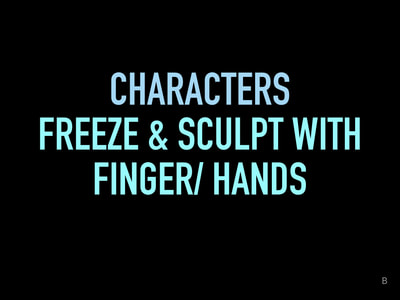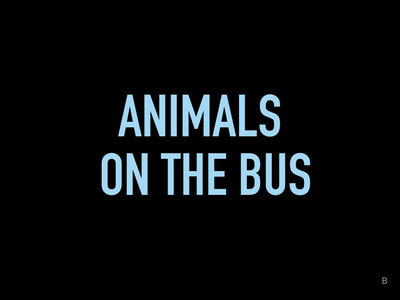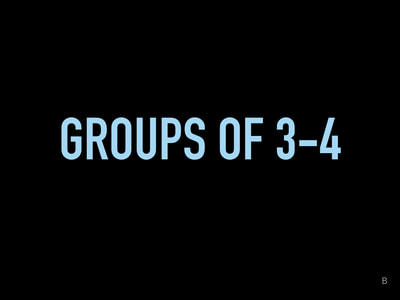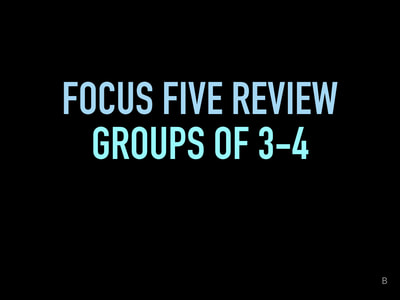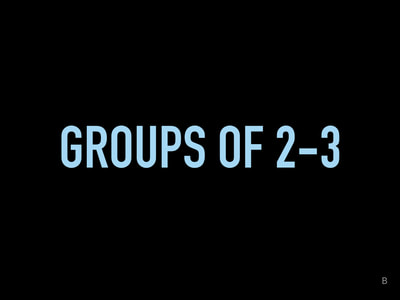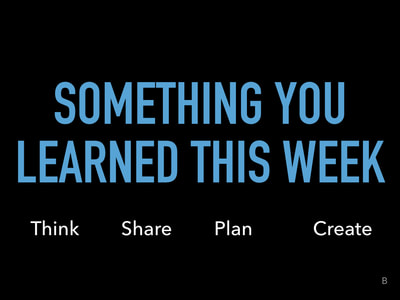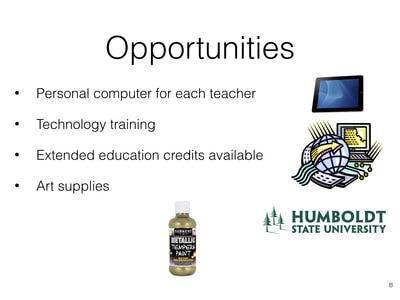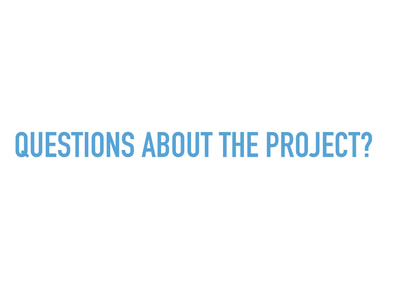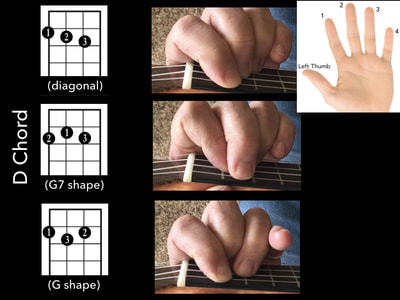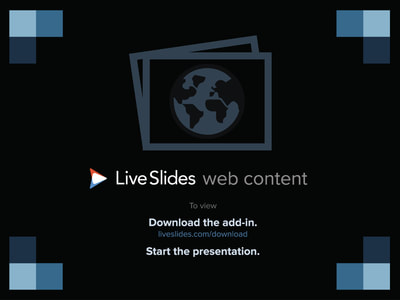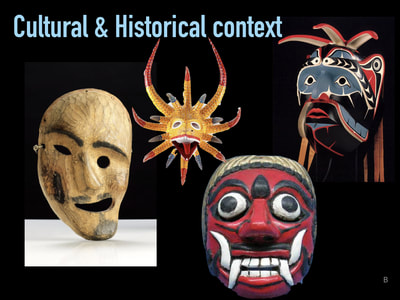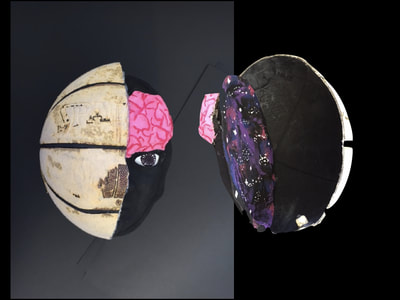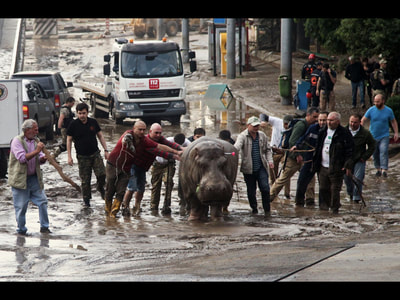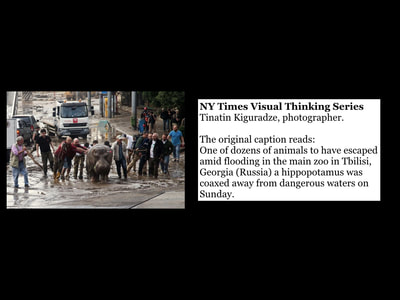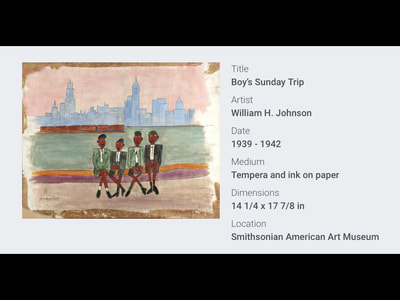2017 Summer Institute Presentations August 14-17
The 2017 NCAIP Summer Institute was designed for teachers in grades K-2 to integrate all five arts disciplines in their curriculum. The presentations are described below as well as the entire slide deck from the summer.
Dance
Dance Activity 1: Potpourri Free exploration of short pieces of music. Students stand in grid or circle. Students understand space bubble so they do not run into each other. Teacher pre-teaches some movement possibilities without music first.
Script: "Walk around the floor space normally. Try to space yourselves evenly so there are no empty spaces in the room. Freeze. Now move like you are trying to swim through peanut butter. Freeze, Now move like you are barefoot on hot sand. Freeze. Now move like you are a robot with elbows and knees that don't bend. Freeze. Now stay in one place and explore how you can twist your body and go high and low." After these guided explorations of movement, explain, "I am going to put on about 2 minutes of music. There will be about 5 different sections with freezes in between. As each section of music starts, move within your space bubble as the music makes you feel." Dance Activity 2: Back At Ya Mirroring a partner's music within an eight count sequence and improvising movements to music. The first step in this is teacher as leader- students stand in grid formation facing the teacher.
Script 1: "Watch me for the first part of each song phrase and then do it with me. [song phrase begins] I DO. [Song phrase ends and echo part starts] WE DO TOGETHER."
Notes: Keep the motions simple at the beginning (one arm motion or one leg motion) and switch left side then right side to keep things predictable. When students get comfortable with teacher as leader, then you can have them partner up and move to script 2.
Script 2: "Now that you are partnered up, let's have everyone on this side be partner A. Partner A raise your hand. Partner B raise your hand. Think about some of the motions we have done with our arms and legs or turning around. Partner A you are going to do your motion to the music while partner B watches then you will both do it together. I'll give you instructions out loud. Ready? [start the music] Partner A! Now both together. Partner B! Now both together."
Notes: Do not rush into the partner activity- students should perform the routine with teacher-as-leader many times first. One scaffold step is to not switch between A and B; just have partner A do all the motions for 5 phrases and then partner B for 5 phrases. Also, the teacher can be facing the lead-partner to show them a possible motion to perform or have posters of favorite motions. Remind students the importance of being a good leader; the idea is not to trick your partner but rather to be so clear that your partner can successfully mirror your movements.
Script : "Watch me and do what I do. We are going to go through several steps that I have listed (pictured?) on the board. Marching, jump, clap, knees, elbows, and forehead."
Script: "Walk around the floor space normally. Try to space yourselves evenly so there are no empty spaces in the room. Freeze. Now move like you are trying to swim through peanut butter. Freeze, Now move like you are barefoot on hot sand. Freeze. Now move like you are a robot with elbows and knees that don't bend. Freeze. Now stay in one place and explore how you can twist your body and go high and low." After these guided explorations of movement, explain, "I am going to put on about 2 minutes of music. There will be about 5 different sections with freezes in between. As each section of music starts, move within your space bubble as the music makes you feel." Dance Activity 2: Back At Ya Mirroring a partner's music within an eight count sequence and improvising movements to music. The first step in this is teacher as leader- students stand in grid formation facing the teacher.
Script 1: "Watch me for the first part of each song phrase and then do it with me. [song phrase begins] I DO. [Song phrase ends and echo part starts] WE DO TOGETHER."
Notes: Keep the motions simple at the beginning (one arm motion or one leg motion) and switch left side then right side to keep things predictable. When students get comfortable with teacher as leader, then you can have them partner up and move to script 2.
Script 2: "Now that you are partnered up, let's have everyone on this side be partner A. Partner A raise your hand. Partner B raise your hand. Think about some of the motions we have done with our arms and legs or turning around. Partner A you are going to do your motion to the music while partner B watches then you will both do it together. I'll give you instructions out loud. Ready? [start the music] Partner A! Now both together. Partner B! Now both together."
Notes: Do not rush into the partner activity- students should perform the routine with teacher-as-leader many times first. One scaffold step is to not switch between A and B; just have partner A do all the motions for 5 phrases and then partner B for 5 phrases. Also, the teacher can be facing the lead-partner to show them a possible motion to perform or have posters of favorite motions. Remind students the importance of being a good leader; the idea is not to trick your partner but rather to be so clear that your partner can successfully mirror your movements.
- Back At Ya (mirror, partner)
Script : "Watch me and do what I do. We are going to go through several steps that I have listed (pictured?) on the board. Marching, jump, clap, knees, elbows, and forehead."
This is the easiest version using a grid formation.
This is a short clip of students at JCS performing "Seven Jumps" using a circle.
This is a variation on Seven Jumps done in a circle without clapping.
Dance Activity 4: Story creation This is the process of creating a dance-story to accompany music. Patty used a redwood forest setting and in the summer institute we used an ocean setting. Here are the abbreviated steps we went through:
Eric Chapelle is a composer who works with a choreographer to create music and dance ideas for children.
Volume 1 dances & music.
Volume 2 dances & music.
Volume 3 dances & music.
Volume 4 dances & music.
There are more than 4 volumes so feel free to explore on your own.
The elements of dance poster is available here.
- Brainstorm: what can music make us feel or sense? (colors, settings, emotions, tastes, images, etc)
- 10x2 (or 4x2 or whatever) Play the music. Students brainstorm things they felt or sensed and write them down. Then they give one/ get one where they share their ideas with others. Listen to the music again. Then write a few more ideas on their own. If a teacher chose 6x2 for example, the students would write 6 ideas, share 3 (and get 3 in return) and then write another 3 on their own.
- Build the story and setting with the class. In our example, we chose oceans because that was inspired by the music. Who will be the seaweed? (create a group) Who will be the large animals? (create a group to create these) Who will be the small animals? (what animals will you be? how will we know you are who you are?)
- Create, perform, revise. Video can help students self-assess.
- The music we used: Amphibious
Eric Chapelle is a composer who works with a choreographer to create music and dance ideas for children.
Volume 1 dances & music.
Volume 2 dances & music.
Volume 3 dances & music.
Volume 4 dances & music.
There are more than 4 volumes so feel free to explore on your own.
The elements of dance poster is available here.
Music
Everyone received this concert sized Donner ukulele. Instruction was given by Deanna Sanders of the Humboldt Ukulele Group. Also present was Naomi Faulkner of the Preschool Ukulele Group. Both of these groups are on Facebook and meet to play and share ideas together. Naomi and Deanna are available to play and sing in your classroom or give you individual instruction on the ukulele.
The elements of music poster is available here.
There are many songs available through the HUG Google Drive. This is a collection of songs just for teachers.
Here are some good chords to learn first on the ukulele:
There are many songs available through the HUG Google Drive. This is a collection of songs just for teachers.
Here are some good chords to learn first on the ukulele:
Visual Art
Janarie Riccio provided instruction on three different visual art projects.
The Magical City used colored construction paper and oil pastels. The emphasis for this project is on geometric shapes and imagination. Who lives in your town? Having students write about their town (or have a scribe write for them with younger students) is an important aspect of this project. Extensions include drawing ecosystems, fantasy locations, under-sea worlds or any drawing.
The Butterfly Abstraction used printouts of butterflies and a viewfinder (sheet of paper with rectangular hole cut in it). Students tape the viewfinder over an area they find beautiful. This magnification process abstracts the butterfly into beautiful shapes and colors. Extensions of this could include other images such as flowers, undersea creatures or geometric patterns.
The Glowing Pumpkin again used colored construction paper but this time with chalk pastels. The three-color rule creates the illusion of form. Students choose one color on the color wheel for the main body of the pumpkin then an adjacent (called "analogous" in art) color for the underside of the pumpkin and a lighter adjacent color for the top or highlight of the pumpkin. By choosing colors next to each other on the color wheel, the unity of the pumpkin is preserved while color value is used to create the illusion of form. Hairspray or chalk fixative is useful after the project is complete to keep the chalk from smearing.
Heather followed up with a sketch note on the elements of visual art. Here is the script she used.
Theater
We explored many theater warmup activities such as
Here is the script that Bill was using for these activities.
- Pass the clap
- Feather/ Stone (Basketball/ Helium balloon)
- Space bubble
- Movement with emotion
- Movement as a character
- Using "freeze" to observe body shapes & facial expression
- Sculpting actors who are frozen
- Actors toolbox: signing the contract
- Actors toolbox: concentration challenge
- Actors toolbox: cooperation challenge
- One minute challenge: create a tableau for...
- One minute challenge: recreating a painting (with dialogue when a character is tapped)
- One minute challenge: recreating an illustration from a book (with reporter on the scene)
Here is the script that Bill was using for these activities.
Stacy Young from HCOE spent much of the day exploring how theater can be used to increase reading comprehension.
First we read the book “Cook-A-Doodle-Doo”.
Then we focused on elements of retelling the story by using tableaus. Each group was tasked with creating 3 tableaus that would show beginning, middle and end. They were asked to use movement between each tableau. Each group was to recite the title and author at the beginning or end of their performance. Groups performed, I recorded and then as the “class” discussed their performance, they were reviewing the recording to see if there were elements they wanted to change.
Finally, each group selected one of their 3 tableaus to create a timeline around the room.
Then we focused on elements of retelling the story by using tableaus. Each group was tasked with creating 3 tableaus that would show beginning, middle and end. They were asked to use movement between each tableau. Each group was to recite the title and author at the beginning or end of their performance. Groups performed, I recorded and then as the “class” discussed their performance, they were reviewing the recording to see if there were elements they wanted to change.
Finally, each group selected one of their 3 tableaus to create a timeline around the room.
Then each group selected a different book. This time videography happened before as “draft” prior to performance.
Then we discussed ELA Anchor Standards and Depth of Knowledge (linked),
Then we discussed ELA Anchor Standards and Depth of Knowledge (linked),
Media Arts
Media arts includes film making, animation and many computer based art forms. This summer we explored how chroma-key or "green screen" video can be used to change the background or foreground of a video and allow students to show what they know in their own way. Kindergarten teacher August Deshais created this video for us.
We used the app "Green Screen" by DoInk to explore these possibilities.
Understanding the Visual and Performing Arts Standards
It is critical that arts integration teachers understand the difference between the visual and performing arts disciplines (music, dance, theater, visual art and media arts) and the five strands that are common to all five of the disciplines. The strands have academic titles that we defined informally in this document.
We practiced identifying strands for VAPA standards and the grade level from which they came.
We will continue this discussion and use it to strengthen arts instruction during the monthly meetings.
Videos we showed
Artful thinking strategies
Throughout the training we have used many artful thinking strategies such as "Beginning, Middle, End", "10x2", "Curate a show", etc. However, the two strategies that have proven most useful to teachers on a daily basis are "See, Wonder, Think" and the "Visual Thinking Strategy". The posters for these are below.















